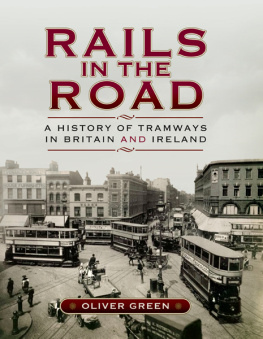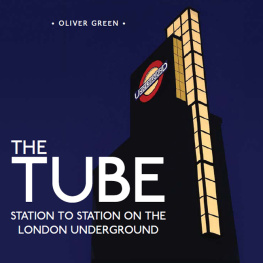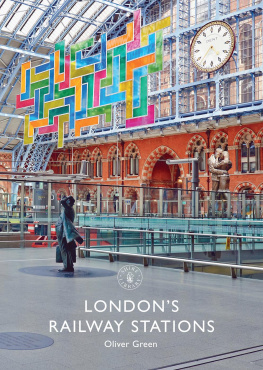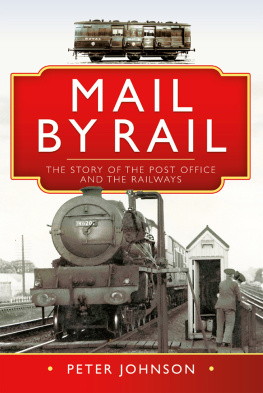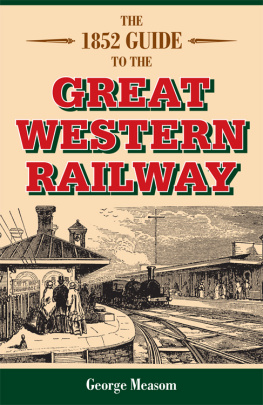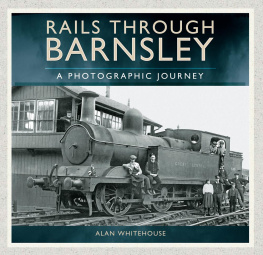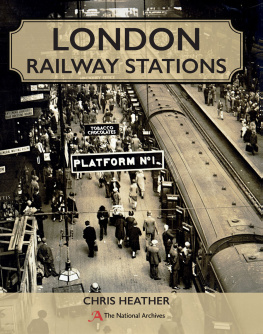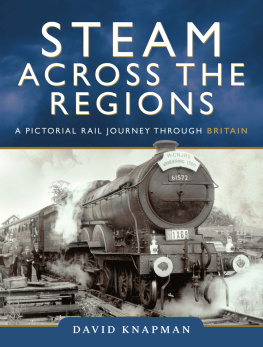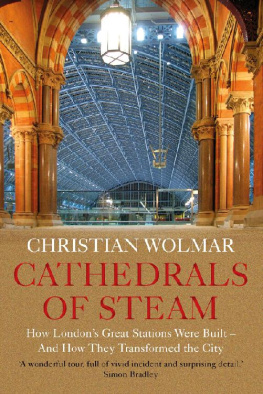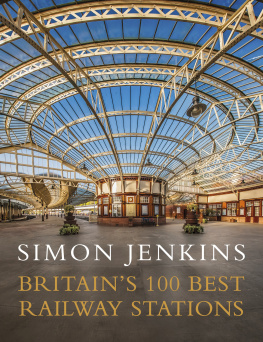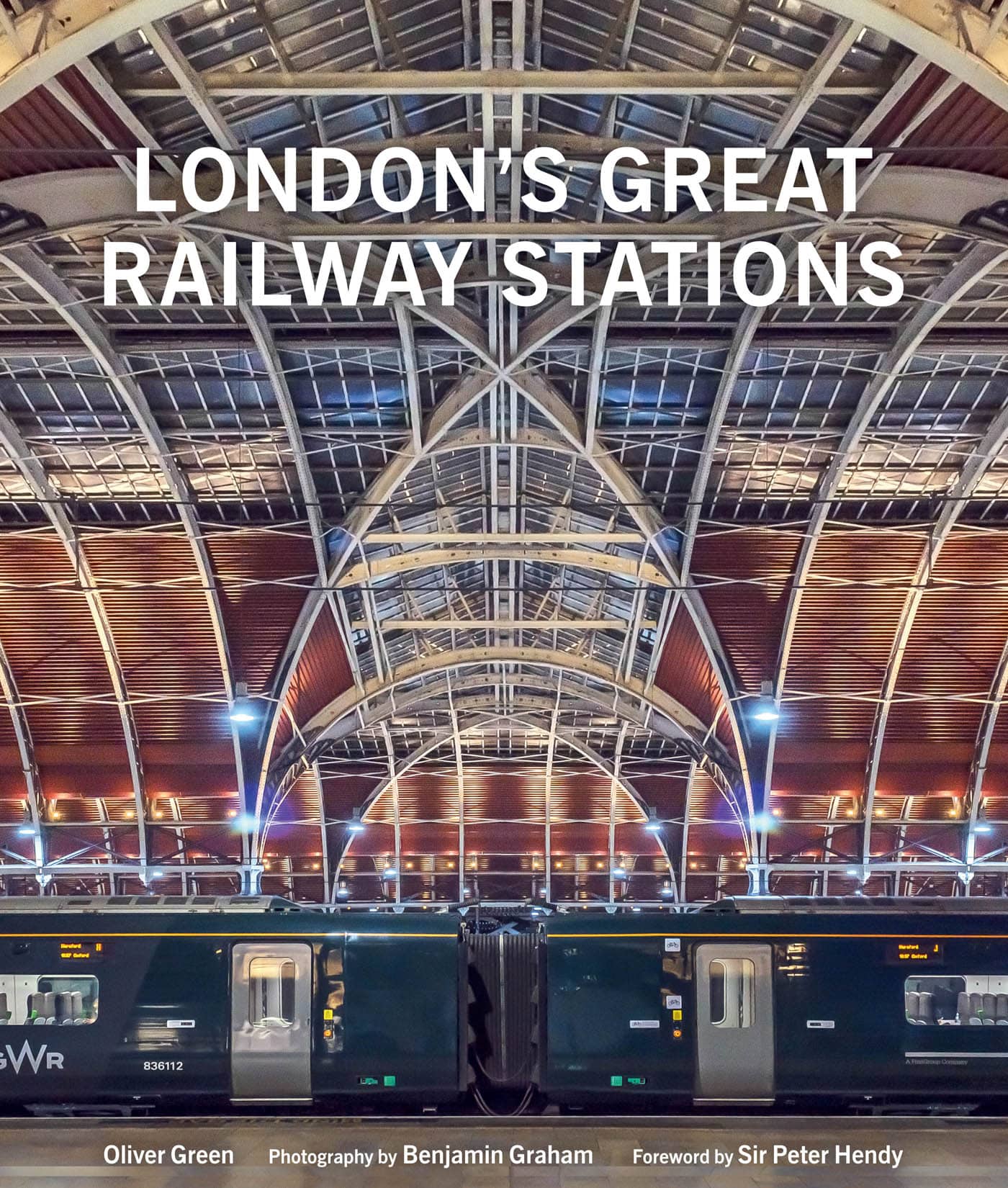Oliver Green - Londons Great Railway Stations
Here you can read online Oliver Green - Londons Great Railway Stations full text of the book (entire story) in english for free. Download pdf and epub, get meaning, cover and reviews about this ebook. year: 2021, publisher: Frances Lincoln, genre: Science / History. Description of the work, (preface) as well as reviews are available. Best literature library LitArk.com created for fans of good reading and offers a wide selection of genres:
Romance novel
Science fiction
Adventure
Detective
Science
History
Home and family
Prose
Art
Politics
Computer
Non-fiction
Religion
Business
Children
Humor
Choose a favorite category and find really read worthwhile books. Enjoy immersion in the world of imagination, feel the emotions of the characters or learn something new for yourself, make an fascinating discovery.

- Book:Londons Great Railway Stations
- Author:
- Publisher:Frances Lincoln
- Genre:
- Year:2021
- Rating:4 / 5
- Favourites:Add to favourites
- Your mark:
Londons Great Railway Stations: summary, description and annotation
We offer to read an annotation, description, summary or preface (depends on what the author of the book "Londons Great Railway Stations" wrote himself). If you haven't found the necessary information about the book — write in the comments, we will try to find it.
London has more mainline railway stations than any other city in the world and many of them are amongst its grandest architectural monuments. Its earliest terminals opened in the late 1830s when lines between the capital and the regions were built in the first railway boom. The original station at London Bridge, the capitals first passenger terminus, was opened in December 1836, six months before Queen Victoria came to the throne. The last main line to London, the Great Central Railway to Marylebone, was opened in March 1899, two years before Victoria died.
Ever since they originally opened, these stations have been at heart of London life and activity and have dominated the architectural landscape. Many are now in the midst of major reconstructions and are the centrepieces for the transformation of whole swathes of London, from Paddington to Kings Cross.
This comprehensive story combines a historical overview, archive illustrations and specially commissioned photography, covering the origins of the earliest stations up to the latest reconstructions and renovations.
Written by the expert author Oliver Green, this is an essential gift for anyone interested in the history of London and its transport.
Oliver Green: author's other books
Who wrote Londons Great Railway Stations? Find out the surname, the name of the author of the book and a list of all author's works by series.

